Description
Courgette Ronde De Nice Organic
Courgette Ronde De Nice Organic. A delicious Heirloom French round variety. The flesh of this green zucchini is very tender and fine flavored, making it an ideal squash for stuffing. The bush type plants are extremely vigorous and one of fastest to produce from germination.
Cultivation Advice
- Choose a sunny location with well-draining, fertile soil. Prepare the soil by incorporating organic matter like compost or aged manure to improve soil structure and nutrient content.
- Sow seeds directly into the ground or start with seedlings. Plant seeds about an inch deep and space them 2-3 feet apart in rows or mounds.
- Keep the soil consistently moist but not waterlogged. Use mulch around the plants to retain soil moisture, suppress weeds, and maintain consistent soil temperatures.
- Use organic fertilizers, such as compost or well-decomposed manure, to provide nutrients gradually. Side-dress with compost during the growing season for added nutrition.
- Regularly weed around the plants to prevent competition for nutrients and water.
- Provide support for the plants as they grow. Staking or using cages helps support the fruit-laden vines.
- Monitor for pests like aphids, squash bugs, or powdery mildew. Employ organic pest control methods such as hand-picking or using neem oil to manage these issues.
- Harvest Courgette Ronde De Nice when the fruits are small to medium-sized and tender, about 2-3 inches in diameter. Regular picking encourages continuous production.
- Rotate crops yearly to prevent soil depletion and reduce the risk of pests and diseases.
- Consider succession planting, starting new seeds or seedlings every few weeks for a continuous harvest.
- Courgette plants may benefit from hand-pollination, especially if pollinators are scarce in your area. Gently transfer pollen between flowers using a small brush or cotton swab.
- Regularly prune excess foliage to increase airflow and sunlight penetration, reducing the risk of disease and aiding in fruit development.
- Thin out smaller or misshapen fruits to encourage larger, healthier courgettes.
- Consider companion planting with herbs like basil, marigolds, or nasturtiums to repel pests and attract beneficial insects to the garden.
- Water at the base of the plants to avoid wetting the leaves, which can reduce the likelihood of fungal diseases. Water deeply and infrequently to encourage strong root development.
- Use organic mulch to protect the soil and reduce moisture evaporation. Mulch also acts as a barrier against soil-borne diseases and minimizes weed growth.
- Rotate your crops yearly to prevent the buildup of soil-borne pests and diseases. Avoid planting courgettes in the same spot for consecutive seasons.
- Provide support for the developing fruits by using slings or nets to prevent them from resting on the ground, reducing the risk of rot.
- Regularly check the soil moisture levels by digging a few inches deep into the soil. Adjust watering based on the plant’s needs and weather conditions.
- Use natural methods like introducing beneficial insects such as ladybugs or lacewings to control aphids and other harmful pests.
- Create habitat for beneficial insects by including diverse plant species in your garden.
- Implement an integrated approach by combining multiple pest control methods. This can include crop rotation, companion planting, and physical barriers.
- Continuously harvest courgettes to encourage the plant to produce more fruits. Leaving overripe or oversized fruits on the plant can hinder new fruit development.
- Maintain cleanliness in the garden by regularly removing fallen leaves or debris, reducing potential habitats for pests and diseases.
- Regularly observe your courgette plants for any signs of stress, disease, or pest infestation. Early detection allows for timely intervention.
- Use mulch to smother weeds and reduce their growth. Hand-pulling weeds is also effective, especially when they’re small and easier to remove.

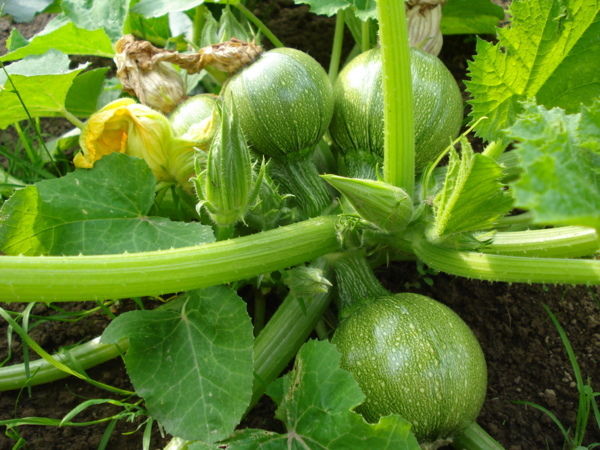
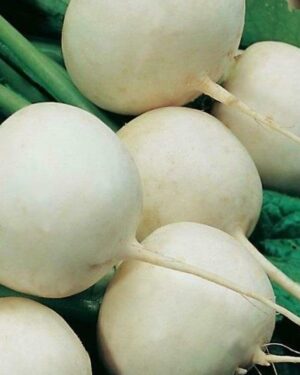
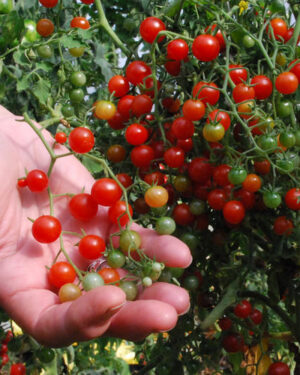
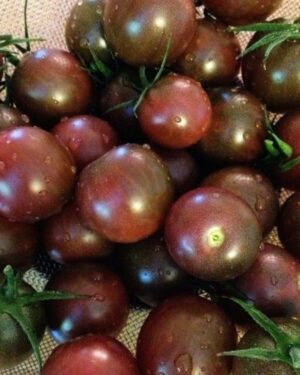



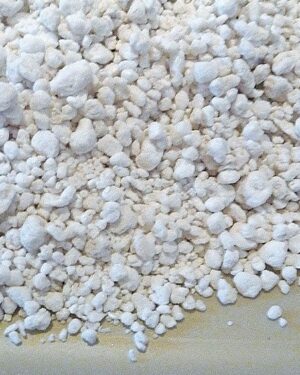
Reviews
There are no reviews yet.